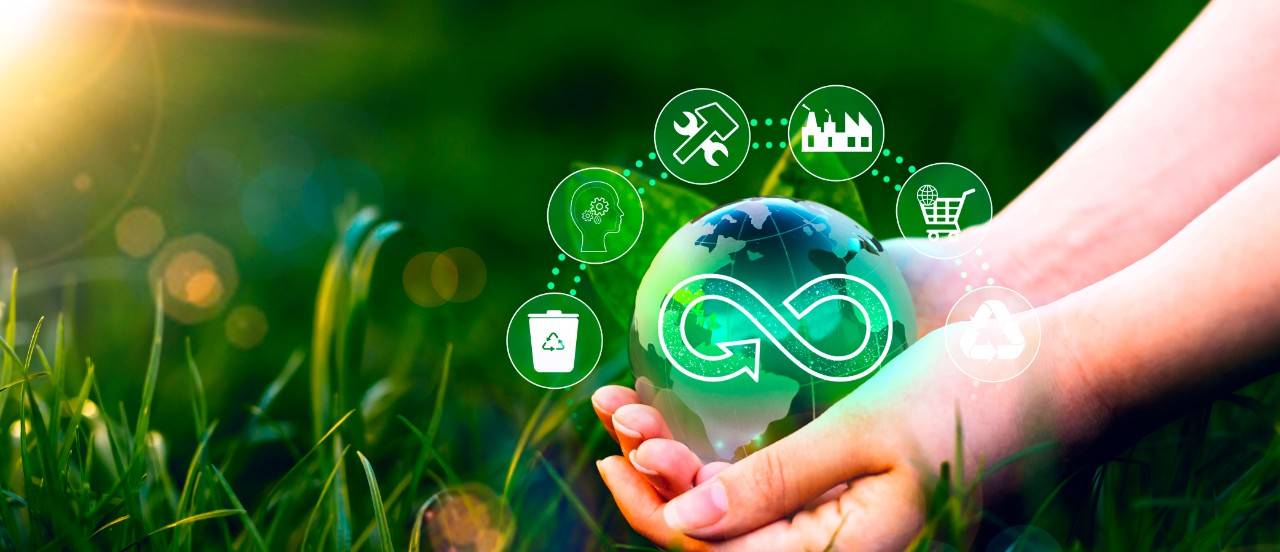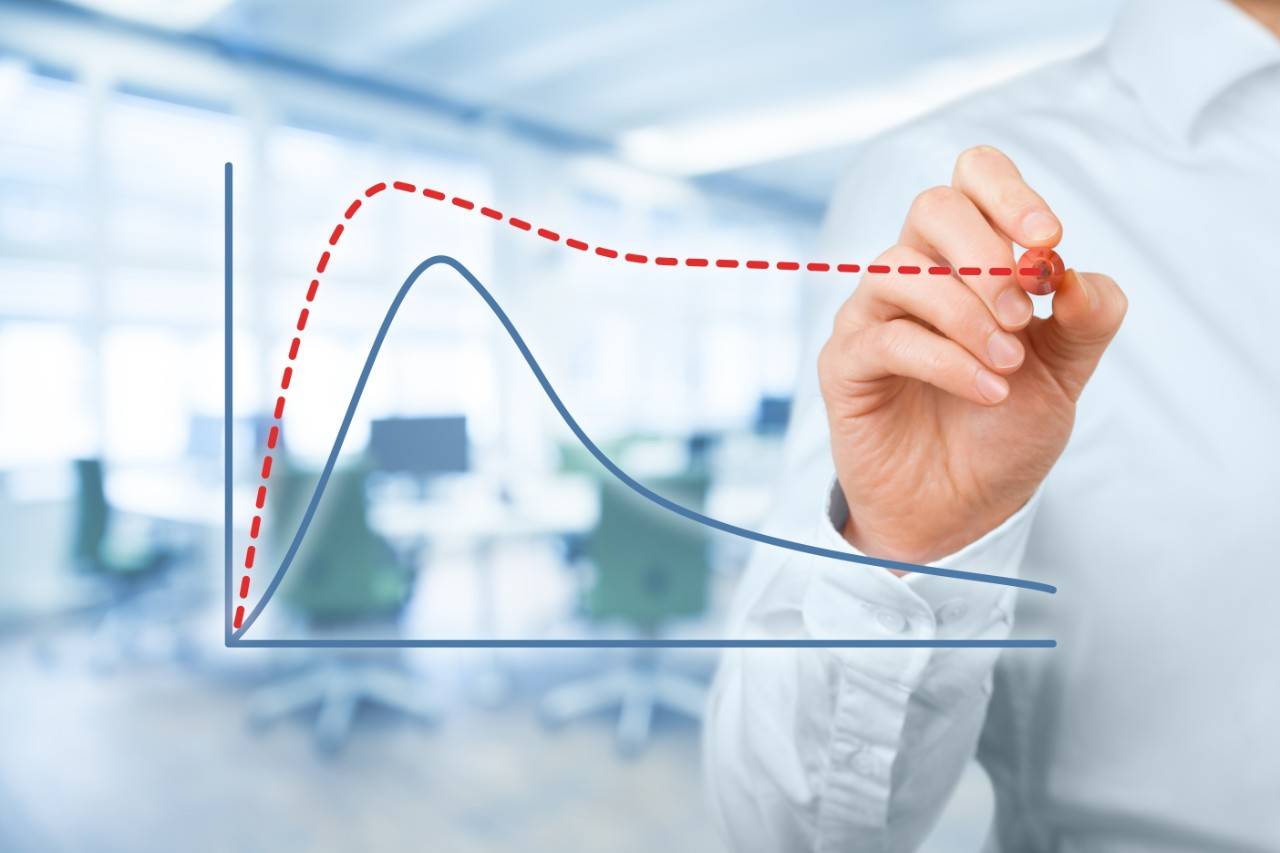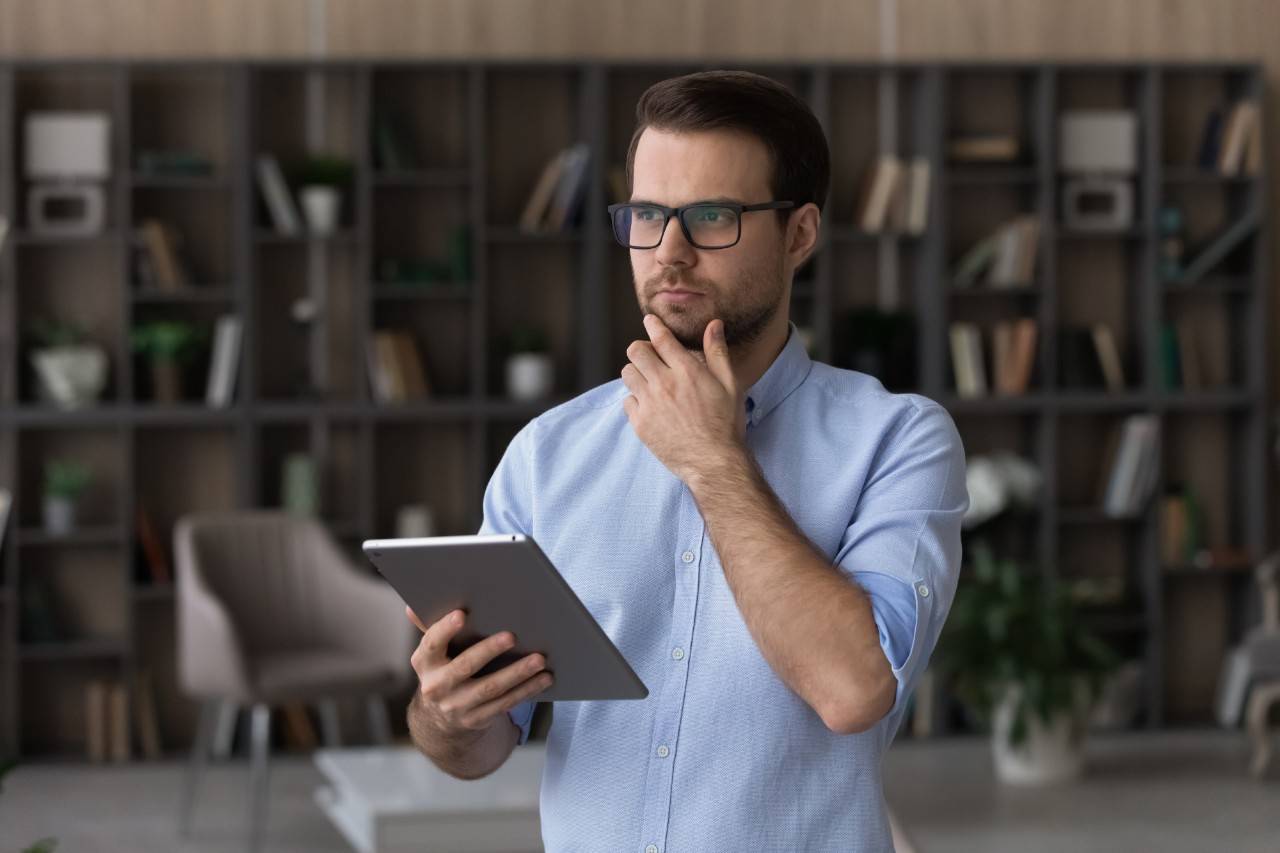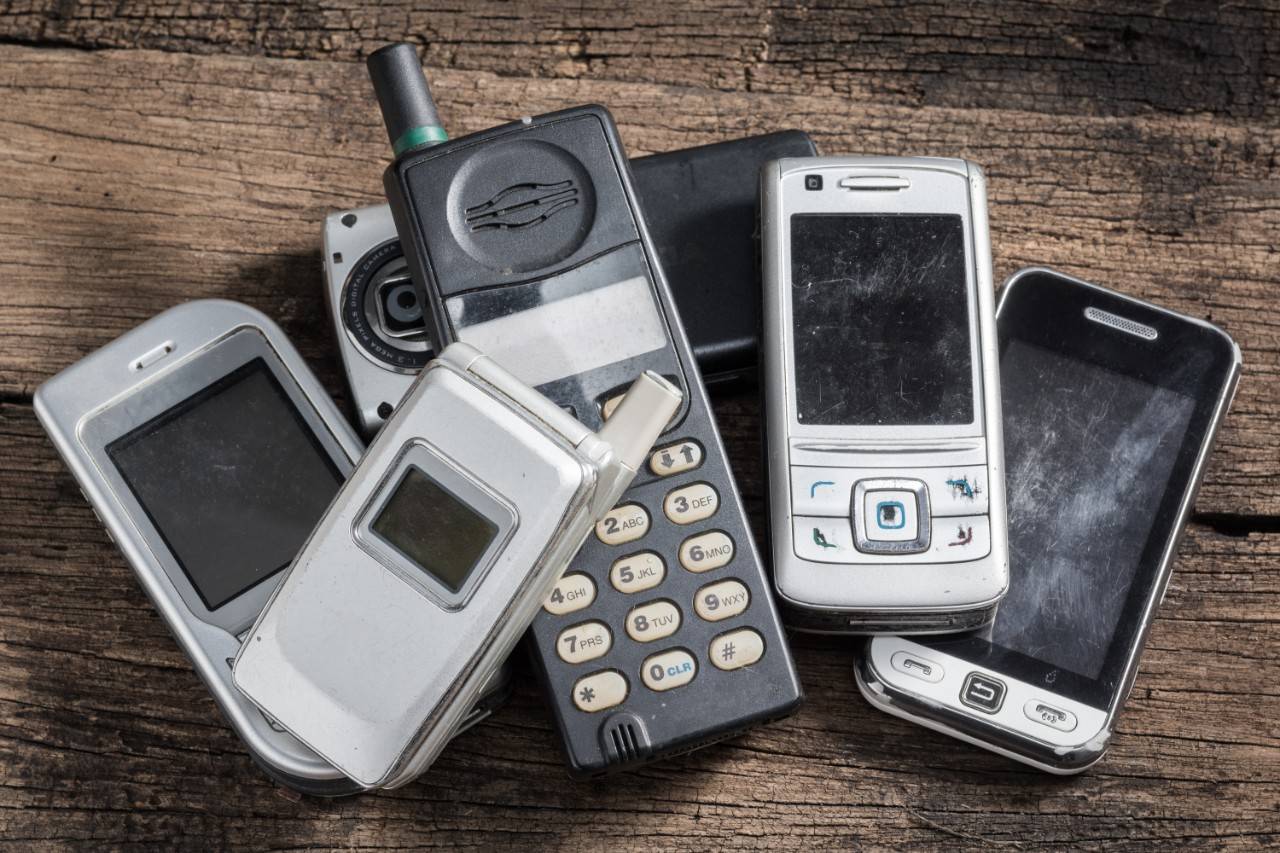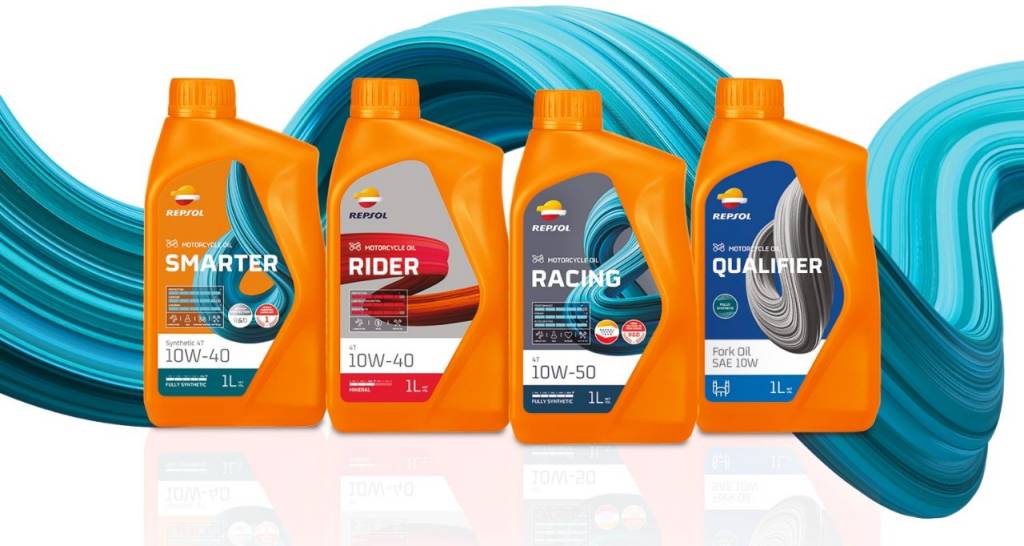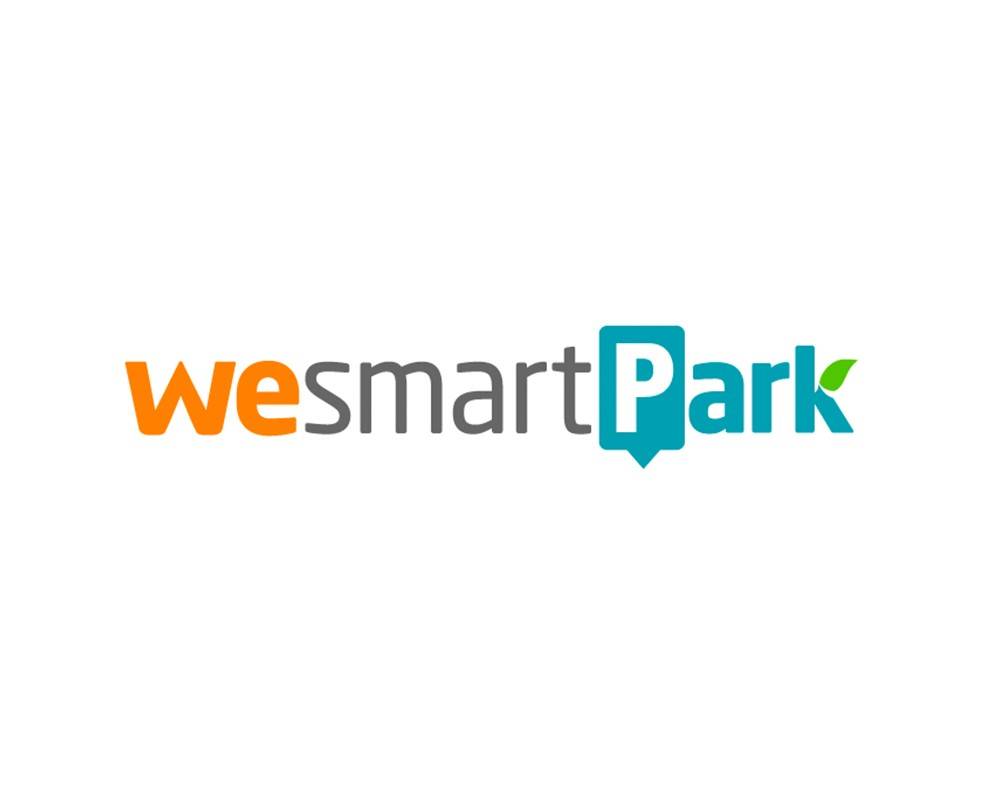More innovative models emerge
As technology develops and reaches greater levels of sophistication, certain digital developments become obsolete or are no longer attractive to the user.
Change of habits in the consumer's life
Digitalization and global access to information make consumers' tastes change at breakneck speed. Many also seek brands that share their vision of the world, which may vary as time goes by.

